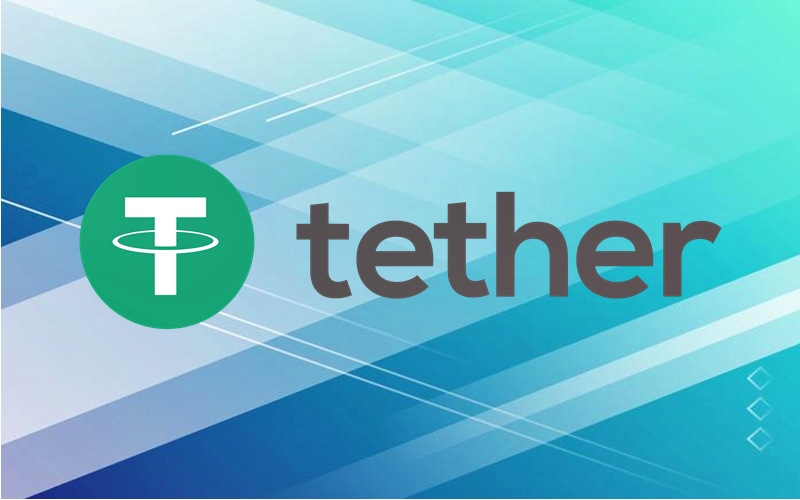If you are a regular trader, then you surely seen something called USDT. You may have also noticed that various crypto exchanges don’t accept US Dollars or various other exchanges that trade Bitcoin against USDT.
At this point, you may be wondering how can exchanges that are exclusively based on cryptocurrency also run USD markets? Well, the answer is – with the help of Tether.
What is Tether?
In fact, you can think of Tether as something of a hybrid, as it’s a crypto-fiat stablecoin. In short, it’s value is tethered to the value of fiat currencies. It’s been designed to have a value equal to $1. In essence, it’s a crypto dollar of equal value to its fiat counterpart.
Off that, we can conclude that Tether’s primary goal is to provide a way to move dollars on the blockchain by maintaining fiat accounts with units in a 1:1 ratio. The Tether token can work on both Bitcoin and Ethereum networks. However, it’s important to note that one cannot spend a USDT from the Bitcoin blockchain on the Ethereum network.
The existence of USDT helps eliminate the traditional boundaries usually associated with fiat banking. Any trader can very well buy USDT tokens and trade them into fiat at any time. The idea behind USDT is that it’s free of market volatility, especially if compared with other cryptos such as Bitcoin. While Bitcoin’s price might fluctuate wildly, the Tether algorithms ensure high levels of liquidity and consistency.
Another noteworthy aspect of USDT is that the token offers exchanges a simple way of having crypto-fiat pairs without taking all the risks usually associated with fiat laws and regulations.
How Tether works
One of the first things you should know is the fact that Tether is based on the Omni platform. This platform is mainly used for storing various digital assets. Tether’s system is highly dependant on the company’s willingness to maintain and invest in keeping the currency peg. Say an exchange runs out of USD allocated to traders wishing to sell USDT. Then, Tether must provide the said exchange with USD within a short timeframe in order to ensure that the peg remains stable and relevant.
Tether boasts faster transaction times than any typical exchange. The withdrawal of funds can be a time-consuming process on most foreign exchanges. Tether-based crypto traders can complete transactions within minutes.
Tether token (USDT)
Tether’s token is currently ranked 8th on CoinMarketCap, with a total market cap of $1,907,960,996 and a circulating supply of 2,706,421,736 USDT out of a total of 3,080,109,502 USDT.
According to CoinMarketCap’s markets section, Tether can be purchased from a wide array of exchanges such as Kraken, Bitfinex, ZBG, BitForex, Binance, IDCM, and OKEx.
Tether wallet
Users can get a Tether wallet by registering an account on the Tether’s official website. It’s worth mentioning that mobile wallets for both iOS and Android are available and, just as expected, they can only be used with a valid Tether account.
Conclusion
Taking everything into consideration, Tether is a very ambitious project that brings value to the world of crypto transactions. It makes it easier for traders to enter and exit crypto markets. It’s centralized and trust-dependent, which is in discordance with the basic principles of most cryptocurrencies, Bitcoin included.
Some experienced crypto traders also recommend never storing big sums of money using Tether. Furthermore, USDT is best used for short-term trading and transfers. At the end of the day, Tether offers undeniable advantages such as price stability worthy of a typical fiat currency. However, by using Tether, traders are practically exposed to risks associated with both crypto and fiat currencies.
